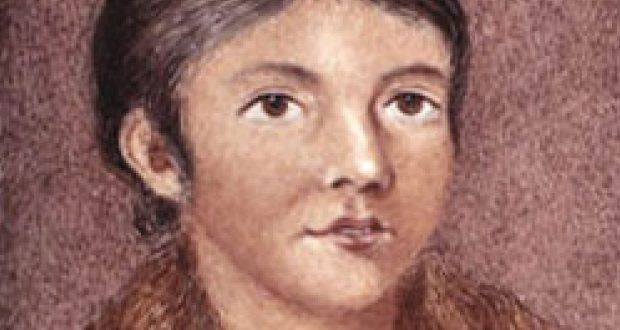New analysis of the mitochondrial genomes of ancient remains by a team of researchers from McMaster and Memorial University has revealed previously unknown information about the first peoples of Newfoundland and Labrador and the origins and disappearance of the Beothuk.
The timing and relatedness of various indigenous communities that settled our most northeastern edge remains mysterious. Specifically, was there a genetic link between the Maritime Archaic and the Beothuk populations, two culturally distinct populations that lived at different times in Newfoundland for the better part of some 5,000 years.
In one of the largest ancient population studies to date, Ana Duggan and Hendrik Poinar of the McMaster Ancient DNA Centre and a principal investigator at the Michael G. DeGroote Institute for Infectious Disease Research along with colleagues, sequenced the mitochondrial genomes of delicately sampled ancient remains from both populations and compared the data with archaeological records, isotopic signals and radiocarbon dates and found the Beothuk were not direct descendants of the Maritime Archaic and had not shared a common ancestor for more than ten thousand years.
The findings, published in the journal Current Biology, suggest that the current gap in the archaeological record between the two groups may have been a result of a depopulation event on Newfoundland and Labrador, which was then repopulated many times by new and distinct groups over its long history.
“Tiny DNA fragments sequestered in milligram size amounts from bones or teeth can now be teased out, stitched together and used to make sense of the past. This work sheds light onto the complex population dynamics that were taking place several thousand years ago on our most easterly edges,” says evolutionary geneticist Ana Duggan.
With permission from Indigenous communities, researchers sampled minute amounts of bone and teeth taken from skeletal collections curated by The Rooms Corporation of Newfoundland and Labrador and the Canadian Museum of History.
They recovered complete mitochondrial genomes from 74 individuals, including a Maritime Archaic young adult found in the L’Anse Amour burial mound, which is the oldest known burial mound in North America nearly 8,000 years old. The majority of Beothuk samples originated from Notre Dame Bay, the geographic area where the Beothuk retreated when the Europeans arrived.
“Through a combination of ancient genetic and palaeodiet analyses, this research offers a new perspective on the biological and cultural relationships between these two populations, and highlights their mutual adaptations to northern coastal environments,” says Vaughan Grimes, a bioarchaeologist in the Department of Archaeology and member of the Memorial Applied Archaeological Sciences Laboratory at Memorial University who, with graduate student Alison Harris, conducted isotope analysis on the remains, revealing clues about where the Beothuk and Maritime Archaic populations lived and what they may have eaten.
The Beothuk and their ancestors lived on Newfoundland and Labrador for some 2,000 years and were some of, if not the first, North American Indigenous peoples encountered by Europeans.
As the new settlers exploited the land, the Beothuk were driven inland where access to their main staple, marine resources such as fish, seal and birds grew scarce. Combine with these resource pressures, the Beothuk were likely susceptible to diseases brought by the settlers such as smallpox and tuberculosis.
The last known Beothuk, Shanawdithit, died of tuberculosis in captivity in 1829. While she did impart some cultural and linguistic knowledge before her death, the Europeans did little to understand the Beothuk people and their way of life.
Agencies/Canadajournal
 Canada Journal – News of the World Articles and videos to bring you the biggest Canadian news stories from across the country every day
Canada Journal – News of the World Articles and videos to bring you the biggest Canadian news stories from across the country every day



